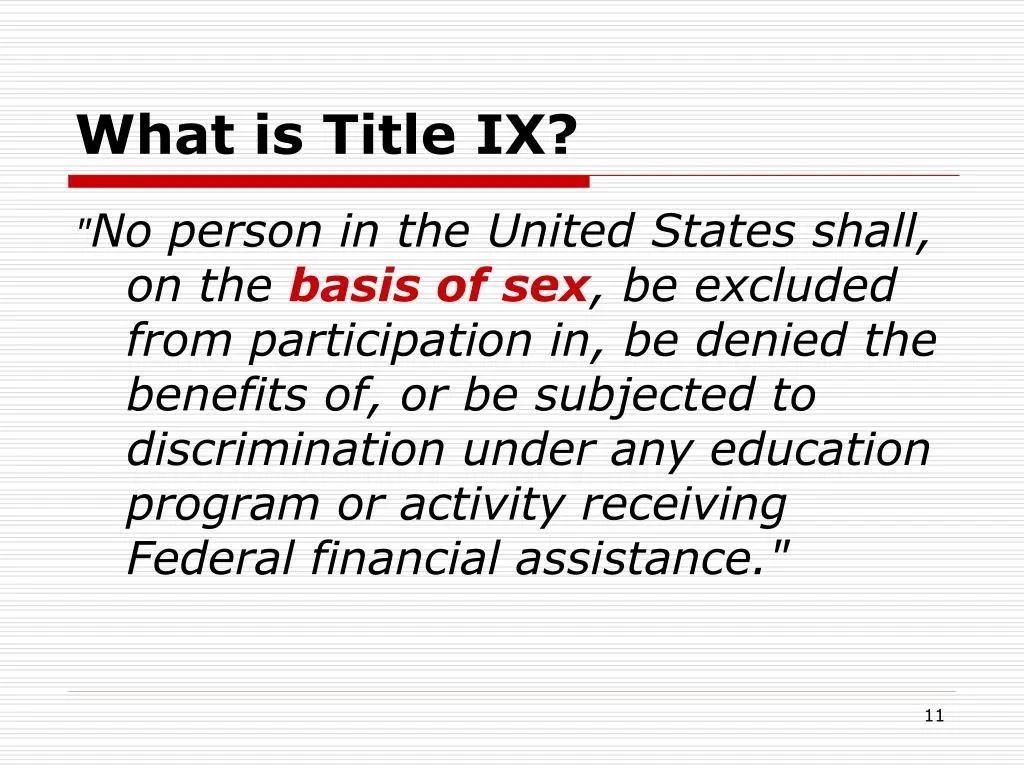Title IX and Pregnant and Parenting Students
Dr. Chris Stroble / Teen Moms Anonymous, Updated July 12, 2024
This is an excerpt from Ch 2 Title IX of my award-winning book, Helping Teen Moms Graduate . . .
The television sitcom Reba, which premiered in the fall of 2001, endeared and enraged many families with one of its main storylines. That storyline revolved around the main character's pregnant teenage daughter, Cheyenne. Cheyenne represented the average popular teenage girl - cheerleader, loving and supportive parents, living in suburbia, dating the school's star football player. And sexually active without her parents' knowledge.
When Cheyenne's pregnancy became fully apparent, the high school principal asked her to consider enrolling in a school for pregnant teens. The principal felt that Cheyenne's pregnancy set a negative precedent and example for the public high school she oversaw. This school administrator echoed a once-popular mantra: You show, you go.
To prevent such discrimination, Congress passed Title IX of the Education Amendments of 1972 (Title IX) to protect a pregnant and parenting student's right to an education.
About Title IX
Title IX is a federal law, enacted in 1972, stating that "no person on the basis of sex shall be excluded from participation in, be denied the benefits of, or be subjected to discrimination under any education program or activity receiving Federal financial assistance”.
Title IX is best known for creating opportunities for female athletes. Since Title IX was enacted, women's participation in sports has grown exponentially. In high schools, the number of female athletes has increased from 295,000 in 1972 to more than 2.6 million. At the collegiate level, the number has grown from 30,000 to more than 150,000.

Still a Dropout Crisis - 50 Years Later
While Title IX opened doors and created significant opportunities for female athletes, the same progress has not been made for pregnant and parenting students. 50 years after the passage of Title IX, the CDC reports that only 50% of pregnant and parenting students earn a high school diploma. There are two main reasons for this lack of progress:
- Educational barriers push pregnant and parenting students out of school, and
- Schools, colleges, and universities blatantly violate Title IX without recourse.
Enforcing the law
To improve educational outcomes for pregnant and parenting students, schools must enforce the law. The U.S. Department of Education, Office for Civil Rights, has published a pamphlet for schools, Supporting the Academic Success of Pregnant and Parenting Students. Read more of that pamphlet to learn more about how schools can support pregnant and parenting students.
Know Your Rights
Pregnant and parenting students should also know their rights and what to do if they feel their school is violating their rights under Title IX. The U.S. Department of Education's Office for Civil Rights has published a brochure for pregnant and parenting students: Know Your Rights: Pregnant and Parenting Student? Title IX Protects You from Discrimination at School. If you are a pregnant and parenting student, you want to be familiar with that brochure to learn what your school is required to do and how to proceed if you feel you are being discriminated against.
You can learn more about Title IX and how it guarantees pregnant and parenting students certain rights in my award-winning book, Helping Teen Moms Graduate: Strategies for Families, Schools, and Community Organizations.
Dr. Chris
